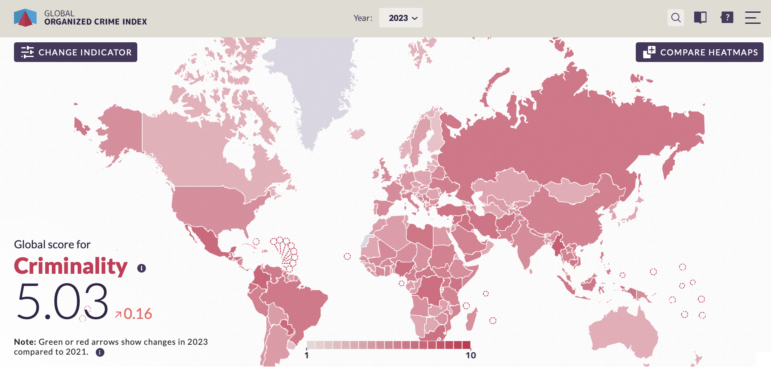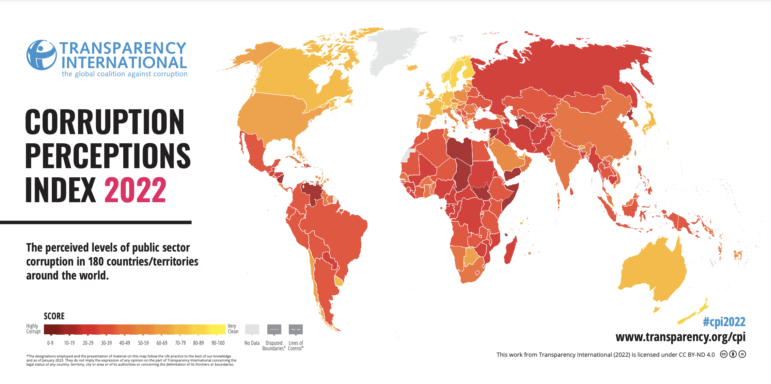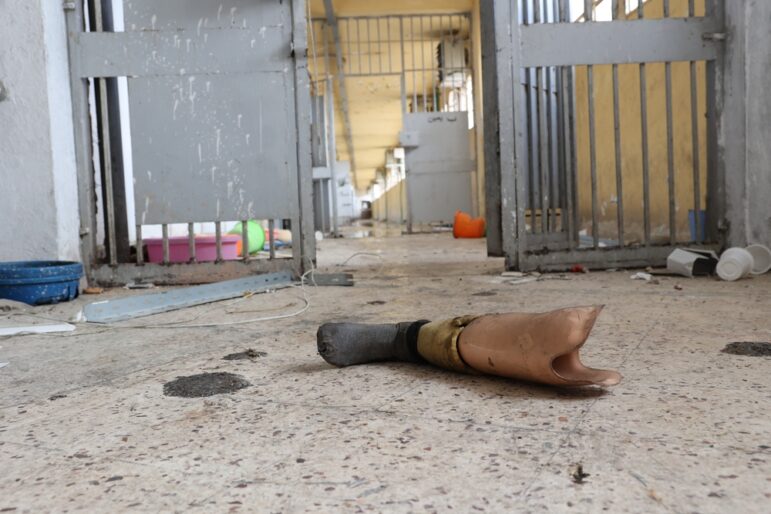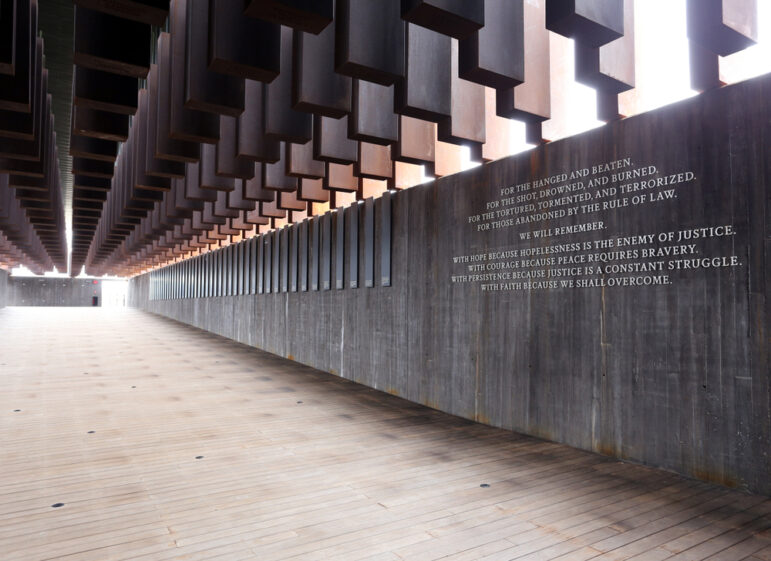

The Global Initiative Against Transnational Organized Crime (GITOC) has released its 2023 Organized Crime Heat Index. Image: Courtesy of GITC
Doc of the Day: 2023 Global Organized Crime Index
This week, the Global Initiative Against Transnational Organized Crime released its second worldwide assessment, the 2023 Global Organized Crime Index, an eight-chapter report that found economic crises and political realignment have fueled global organized crime, which preys on the resulting civic instability, financial vulnerability, and shortage of food, fuel, and other commodities.
“Countries around the globe have been forced to reckon with a new reality: a reality where organized crime has shown no sign of slowing down. Instead, criminal groups have quickly adapted and seized fresh opportunities,” said Mark Shaw, GITOC’s director.
According to GITOC, roughly six out of seven people around the world — 83% — now live in countries with high crime, a 4% increase from two years ago. However, the resiliency of countries across a number of categories has remained relatively stable over that same period. Of particular note, the one area with the largest drop in resilience — non-state actors — includes the media. Among the worst cases are countries riven by recent conflict like Afghanistan, Iraq, Myanmar, and Ethiopia. GITOC also found that the Russian invasion of Ukraine has dramatically increased the level of criminality in both countries.
These most alarming examples are part of larger trend during the past two years, as GITOC reported increases in criminality, criminal markets, and criminal actors across all five regions: Asia, Africa, Americas, Europe, and Oceania. Among the few bright spots, resilience against criminality and corruption increased slightly in Africa, Europe, and Oceania.
Citing the decay in press freedom in countries like El Salvador and Ecuador, as well as the June 2022 murder of UK journalist Dom Philips and his Indigenous expert colleague Bruno Pereira in the Amazon, the GITOC report noted that the situation in the Western Hemisphere has become especially perilous for the press. “The freedom with which civil society and the media are able to carry out their work has been significantly curtailed in the Americas in the past two years,” it concluded. “There has been a notable increase in violence towards journalists and activists on the continent, particularly those covering organized crime and environmental issues.”
The full report is explored in detail in the YouTube video below.
Note: The Global Initiative Against Transnational Organized Crime is a financial supporter of GIJN, partnering with us on educational and training programs that help journalists investigate criminal organizations.









